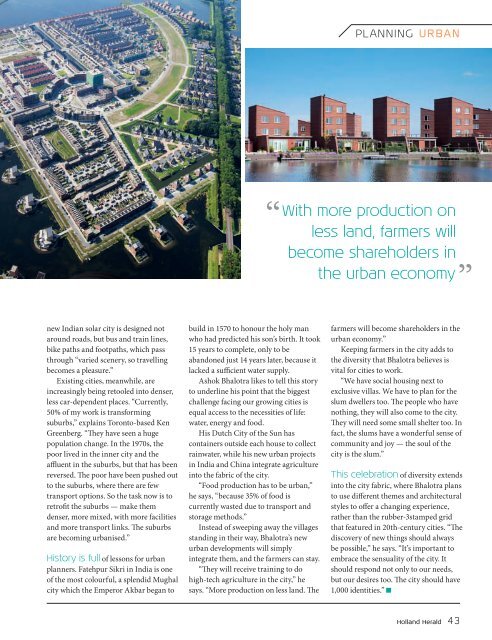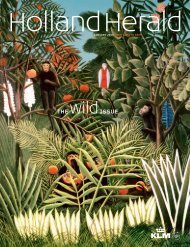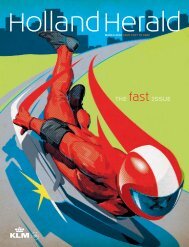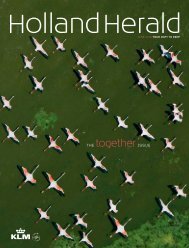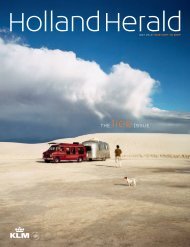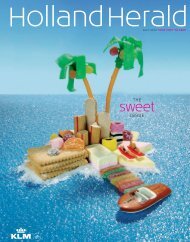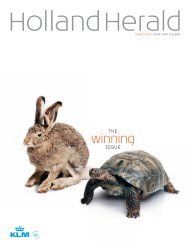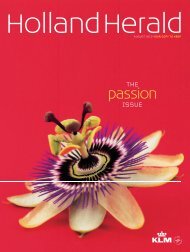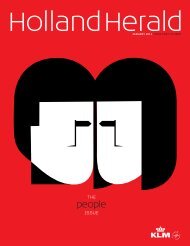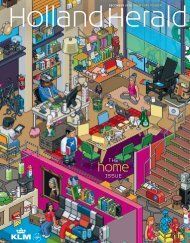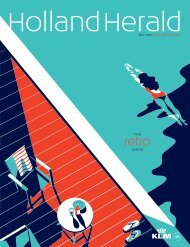february-2012
february-2012
february-2012
Create successful ePaper yourself
Turn your PDF publications into a flip-book with our unique Google optimized e-Paper software.
new Indian solar city is designed not<br />
around roads, but bus and train lines,<br />
bike paths and footpaths, which pass<br />
through “varied scenery, so travelling<br />
becomes a pleasure.”<br />
Existing cities, meanwhile, are<br />
increasingly being retooled into denser,<br />
less car-dependent places. “Currently,<br />
50% of my work is transforming<br />
suburbs,” explains Toronto-based Ken<br />
Greenberg. “Th ey have seen a huge<br />
population change. In the 1970s, the<br />
poor lived in the inner city and the<br />
affl uent in the suburbs, but that has been<br />
reversed. Th e poor have been pushed out<br />
to the suburbs, where there are few<br />
transport options. So the task now is to<br />
retrofi t the suburbs — make them<br />
denser, more mixed, with more facilities<br />
and more transport links. Th e suburbs<br />
are becoming urbanised.”<br />
History is full of lessons for urban<br />
planners. Fatehpur Sikri in India is one<br />
of the most colourful, a splendid Mughal<br />
city which the Emperor Akbar began to<br />
build in 1570 to honour the holy man<br />
who had predicted his son’s birth. It took<br />
15 years to complete, only to be<br />
abandoned just 14 years later, because it<br />
lacked a suffi cient water supply.<br />
Ashok Bhalotra likes to tell this story<br />
to underline his point that the biggest<br />
challenge facing our growing cities is<br />
equal access to the necessities of life:<br />
water, energy and food.<br />
His Dutch City of the Sun has<br />
containers outside each house to collect<br />
rainwater, while his new urban projects<br />
in India and China integrate agriculture<br />
into the fabric of the city.<br />
“Food production has to be urban,”<br />
he says, “because 35% of food is<br />
currently wasted due to transport and<br />
storage methods.”<br />
Instead of sweeping away the villages<br />
standing in their way, Bhalotra’s new<br />
urban developments will simply<br />
integrate them, and the farmers can stay.<br />
“Th ey will receive training to do<br />
high-tech agriculture in the city,” he<br />
says. “More production on less land. Th e<br />
PLANNING URBAN<br />
“ With more production on<br />
less land, farmers will<br />
become shareholders in<br />
the urban economy ”<br />
farmers will become shareholders in the<br />
urban economy.”<br />
Keeping farmers in the city adds to<br />
the diversity that Bhalotra believes is<br />
vital for cities to work.<br />
“We have social housing next to<br />
exclusive villas. We have to plan for the<br />
slum dwellers too. Th e people who have<br />
nothing, they will also come to the city.<br />
Th ey will need some small shelter too. In<br />
fact, the slums have a wonderful sense of<br />
community and joy — the soul of the<br />
city is the slum.”<br />
This celebration of diversity extends<br />
into the city fabric, where Bhalotra plans<br />
to use diff erent themes and architectural<br />
styles to off er a changing experience,<br />
rather than the rubber-3stamped grid<br />
that featured in 20th-century cities. “Th e<br />
discovery of new things should always<br />
be possible,” he says. “It’s important to<br />
embrace the sensuality of the city. It<br />
should respond not only to our needs,<br />
but our desires too. Th e city should have<br />
1,000 identities.” v<br />
Holland Herald 43


